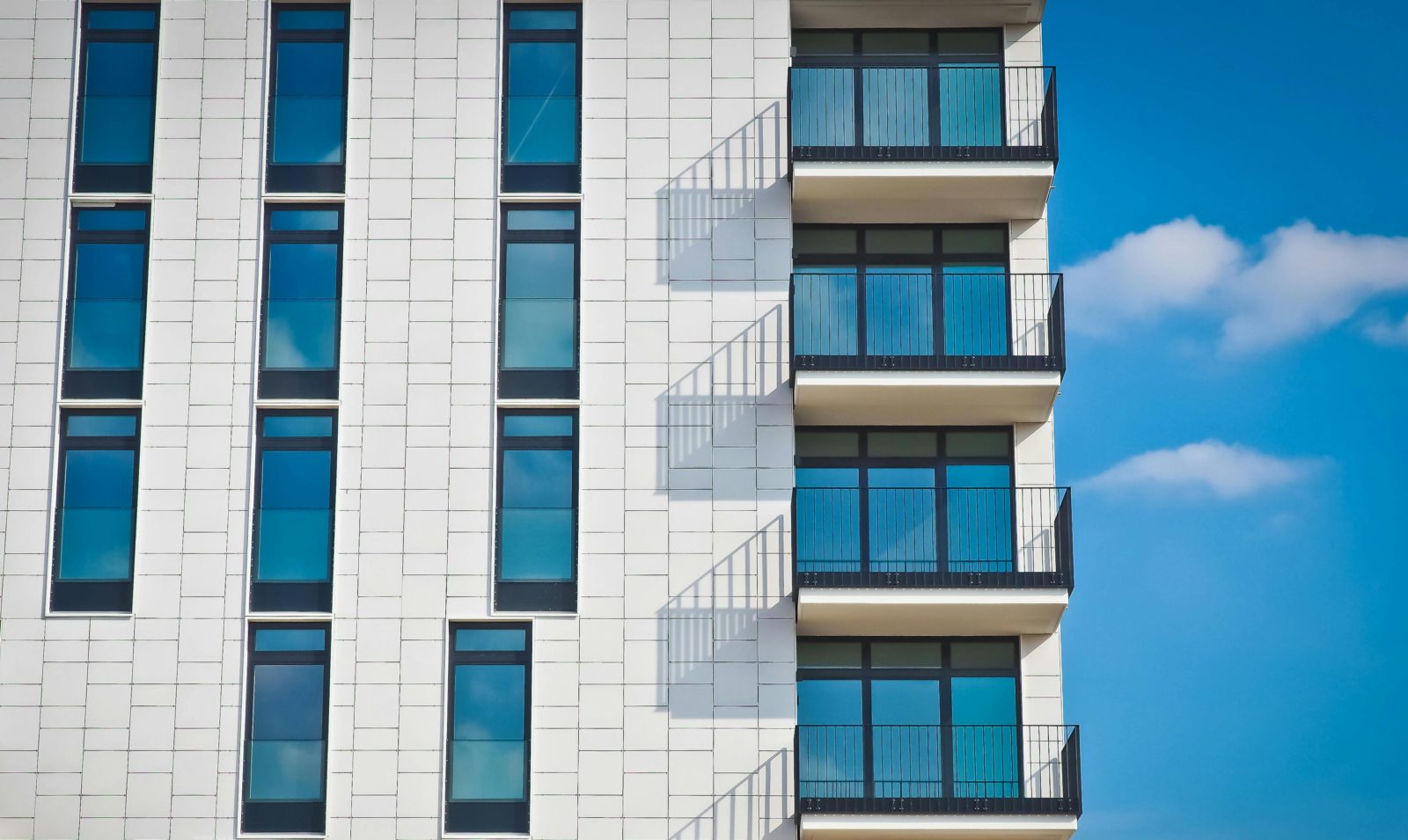In the coming years, Czech citizens will find it easier to purchase their own homes. This year and the next, the timeline for saving enough to buy an apartment or house in the Czech Republic will be about six months shorter than last year. This improvement comes despite the anticipated rise in property prices driven by higher demand. The increase in property prices is expected to be slower than the wage growth.
The Czech National Bank, in its latest financial stability report, has predicted this trend. The report indicates that the period of declining property prices has ended. Over the next year and a half, housing prices are expected to increase by around five per cent annually. An average 68-square-meter apartment means an increase of approximately 300,000 to 400,000 Czech crowns, depending on the location.
Karina Kubelková, a member of the Czech National Bank’s board, commented that the real estate market likely hit its lowest point in mid-2023. However, the full report offers a more optimistic outlook. Wages are projected to grow faster than property prices, with an estimated increase of about seven per cent this year and six per cent next year.
Real estate experts agree with the Czech National Bank’s forecast. Jan Hrubý, CEO of RE/MAX for the Czech Republic and Slovakia, anticipates property prices to rise by six per cent annually while wages could grow by up to eight per cent. This trend is expected to be supported by a strong labour market and ongoing economic growth.
Despite these positive projections, housing availability in the Czech Republic may still be the worst among neighbouring countries. For instance, at the end of last year, it took an average of eight years to save for an apartment in Germany and about ten years in Slovakia and Poland. The central bank did not provide data for Austria.
Higher interest rates and strict mortgage rules will continue to slow the rise in property prices. Analysts estimate that interest rates will hover around four per cent, with no expectations of returning to the extremely low levels of around two per cent seen in previous years.





